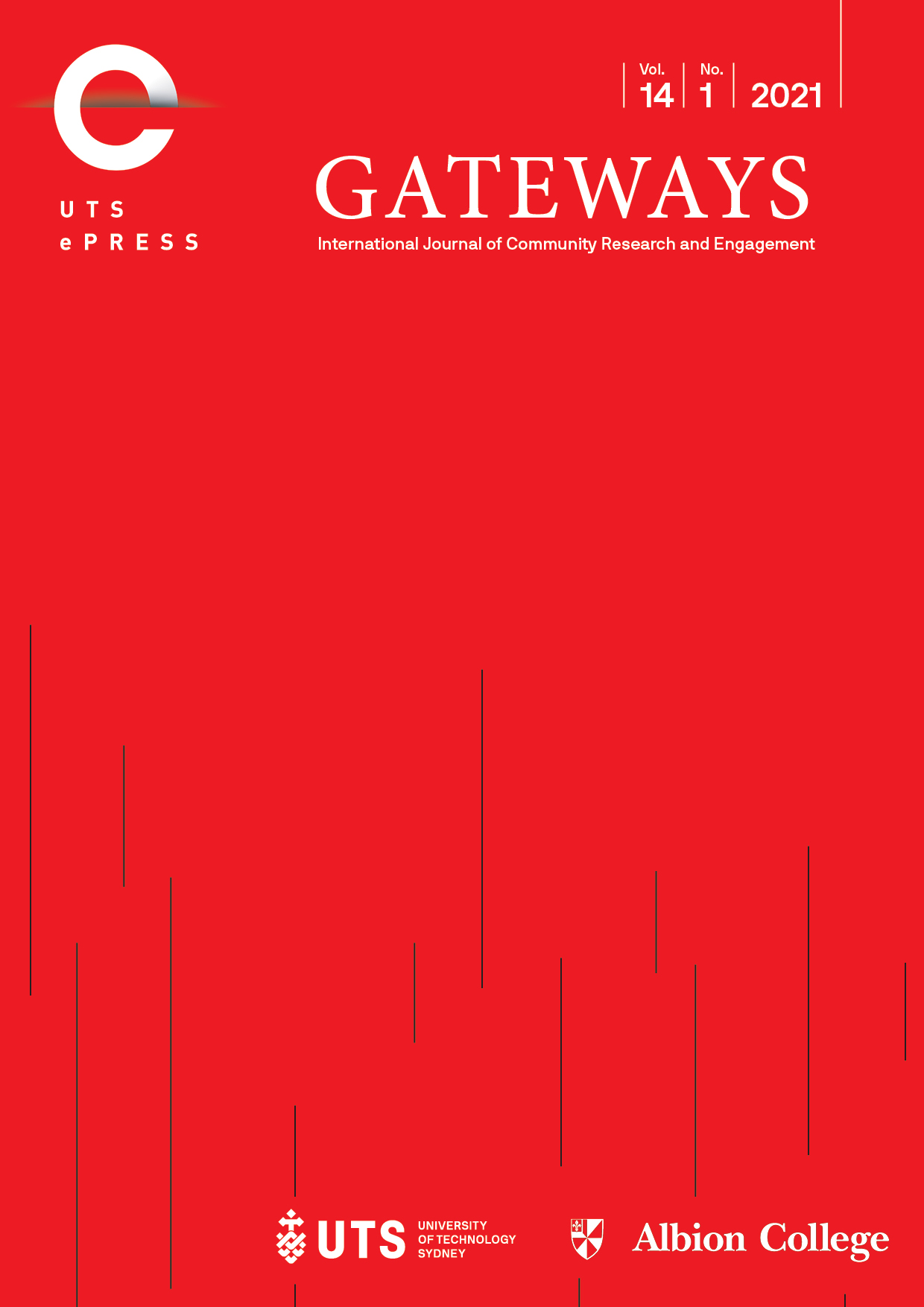Community social network pattern analysis: Development of a novel methodology using a complex, multi-level health intervention
Main Article Content
Abstract
Community social networks (CSN) include individuals and groups, and those with strong partnerships and relationships are well situated for implementing community-based interventions. However, information on the nature of CSN relationships required for multilevel community-based interventions is not present in the literature. Using data from the multi-level Children’s Healthy Living (CHL) trial to reduce child obesity in nine Pacific communities, this study aimed to develop a methodology based on Social Network Analysis (SNA) to understand how CSN evolved over the course of a two-year trial, as well as the characteristics of CSN most successful in impacting indicators of childhood obesity.
The two-year trial was considered in four six-month intervals. Within each interval, implemented activities, as recorded in CHL monthly reports, were coded by activity implementer(s), e.g. government agency, school, or community-based group, as well as for collective efficacy impact of the activity, e.g. to leverage resources from outside the CSN or to facilitate civic engagement. Coded data were used to create CSN maps for the four time intervals, and SNA techniques examined the CSN characteristics. CSN density increased over time, as measured by the number of ties within the network. Schools, community-based groups and large organizations were identified as the primary implementers of the CHL intervention and formed a community implementer backbone. Social leveraging, i.e. linking local groups to people with authority over outside resources, was shown to be a central component in intervention success. It took time to develop strong CSN, and stronger (denser) CSN were more successful in building social cohesion and enacting community change. Findings illustrate a methodology that can be useful for tracking the development and impact of CSN.
Article Details
Issue
Section
Authors who submit articles to this journal from 31st March 2014 for publication, agree to the following terms:
a) Authors retain copyright and grant the journal right of first publication with the work simultaneously licensed under a Creative Commons Attribution License that allows others to share and adapt the work with an acknowledgement of the work's authorship and initial publication in this journal.
b) Authors are able to enter into separate, additional contractual arrangements for the non-exclusive distribution of the journal's published version of the work (e.g., post it to an institutional repository or publish it in a book), with an acknowledgement of its initial publication in this journal.
c) Authors are permitted and encouraged to post their work online (e.g., in institutional repositories or on their website) prior to and during the submission process, as it can lead to productive exchanges, as well as earlier and greater citation of published work (See The Open Access Citation Advantage Service). Where authors include such a work in an institutional repository or on their website (ie. a copy of a work which has been published in a UTS ePRESS journal, or a pre-print or post-print version of that work), we request that they include a statement that acknowledges the UTS ePRESS publication including the name of the journal, the volume number and a web-link to the journal item.
d) Authors should be aware that the Creative Commons Attribution (CC-BY) License permits readers to share (copy and redistribute the work in any medium or format) and adapt (remix, transform, and build upon the work) for any purpose, even commercially, provided they also give appropriate credit to the work, provide a link to the license, and indicate if changes were made. They may do these things in any reasonable manner, but not in any way that suggests you or your publisher endorses their use.
For Volume 6 (2013) and before, the following copyright applied:
Articles published by UTSePress are protected by copyright which is retained by the authors who assert their moral rights. Authors control translation and reproduction rights to their works published by UTSePress. UTSePress publications are copyright and all rights are reserved worldwide. Downloads of specific portions of them are permitted for personal use only, not for commercial use or resale. Permissions to reprint or use any materials should be directed to UTSePress.
